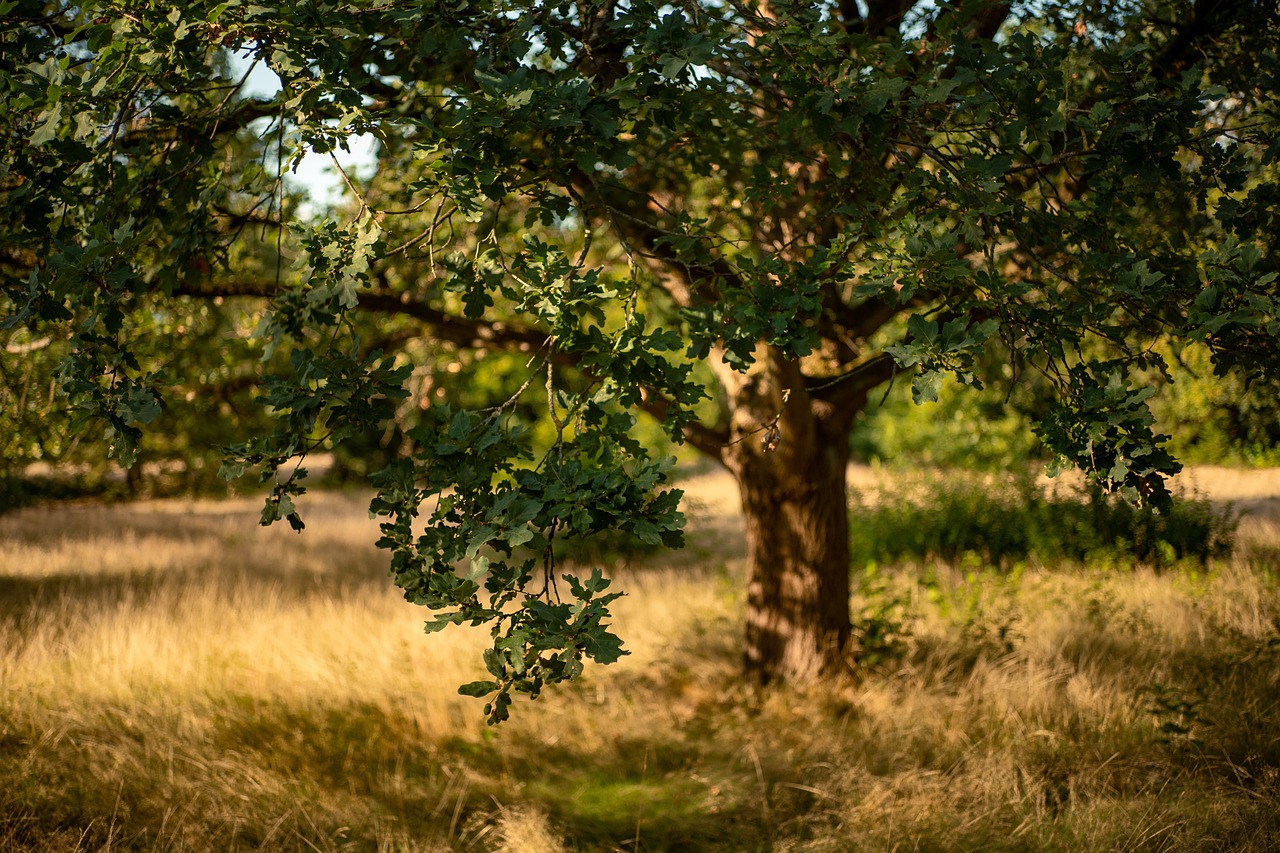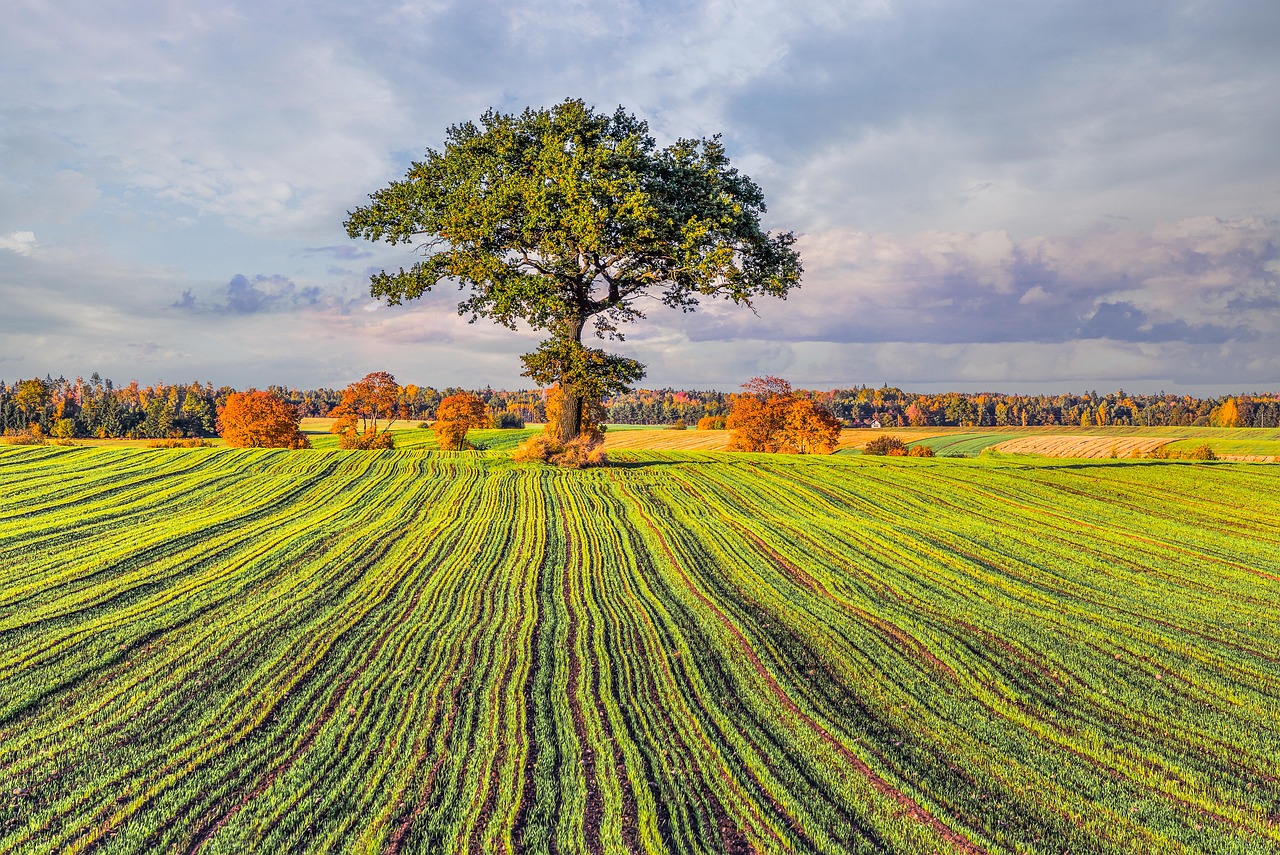Grass trees, primarily found in Australia and tropical regions, exhibit a slow growth rate. Typically, they grow about 2 to 5 centimeters per year, depending on environmental factors such as soil quality, rainfall, and temperature.
Grass trees, known scientifically as Xanthorrhoea, are iconic plants of the Australian landscape. They are characterized by long, narrow leaves that grow from a central trunk. These unique plants can live for many decades, with some individuals reported to be over 400 years old. Their growth rate may seem slow, but it is an adaptation to their arid environments.

In Australian ecosystems, grass trees thrive in nutrient-poor soils. They play a crucial role in preventing soil erosion and providing habitat for various species. The growth rate of grass trees can vary significantly based on several environmental conditions. Factors such as climate, soil type, and water availability are critical in determining how quickly these trees can grow.
Factors Influencing Grass Tree Growth Rate
The growth rate of grass trees is influenced by a variety of factors. Understanding these elements can help in managing their cultivation and conservation. Below are some key factors that affect growth:
- Soil Quality: Grass trees prefer well-drained sandy soils. Poor soil quality can limit nutrient absorption, slowing growth.
- Water Availability: Adequate rainfall is essential. Drought conditions can significantly hinder their growth.
- Temperature: Grass trees thrive in warm climates. Extreme cold can damage their delicate structures.
- Sunlight: Full sun is ideal for optimal growth. Shaded areas may lead to stunted growth.
- Competition: Other plants can compete for resources. Grass trees may struggle to grow in densely vegetated areas.
In addition to these factors, the presence of fire plays an important role in grass tree ecology. Fire can stimulate growth and promote flowering, which is crucial for reproduction. Many grass trees have developed adaptations to survive fires, including thick bark and the ability to resprout from their base after a fire event.

| Factor | Impact on Growth Rate |
|---|---|
| Soil Quality | Poor quality slows nutrient uptake |
| Water Availability | Drought conditions hinder growth |
| Temperature | Extreme cold can damage plants |
| Sunlight | Lack of sun results in stunted growth |
| Competition | Competing plants reduce available resources |
The growth rate of grass trees is not uniform across different regions. In tropical areas, conditions such as higher humidity and more consistent rainfall may promote slightly faster growth compared to the arid regions of Australia. However, the common characteristic remains that these trees grow slowly compared to many other tree species.
In summary, understanding the growth rate of grass trees requires consideration of their specific environmental needs and adaptations. Their unique characteristics not only contribute to their longevity but also to their crucial role in Australian and tropical ecosystems. As climate change continues to impact weather patterns, monitoring these changes will be essential for the conservation of grass trees and their habitats.
This knowledge serves as a foundation for further exploration into grass tree cultivation and management practices that can enhance their growth and survival in changing environments.

Growth Stages of Grass Trees
Grass trees go through distinct growth stages that can significantly affect their overall development and survival. Understanding these stages provides insight into their long-term growth patterns and helps in managing their cultivation effectively.
Seedling Stage
The seedling stage is the initial phase of grass tree growth. During this time, the plant is particularly vulnerable to environmental conditions.
- Germination: Seeds typically germinate during the warm months when moisture is available.
- Establishment: Young seedlings require protection from harsh weather and competition from other plants.
- Growth Rate: In this stage, growth is slow, often only a few centimeters per year, as the plant focuses on root development.
Juvenile Stage
As grass trees mature into the juvenile stage, they begin to develop their characteristic appearance. This stage can last several years, depending on environmental factors.

- Leaf Development: Young grass trees develop long, narrow leaves that grow from a central trunk.
- Root Growth: Stronger root systems are established, allowing for better nutrient and water absorption.
- Height Increase: Growth rate may increase slightly, averaging 5 to 10 centimeters per year under optimal conditions.
Mature Stage
The mature stage is when grass trees display their full potential. These trees can reach heights of up to 4 meters or more, depending on the species and environmental conditions.
- Flowering: Mature grass trees produce tall flower spikes that attract various pollinators.
- Longevity: Some grass trees can live for several hundred years, continuing to grow slowly over time.
- Reproduction: This stage is critical for reproduction, as mature trees can produce large quantities of seeds that can disperse widely.
Environmental Adaptations
Grass trees possess various adaptations that allow them to thrive in harsh environments. These adaptations are crucial for their survival and contribute to their unique growth dynamics.
Fire Resistance
One of the most remarkable adaptations of grass trees is their ability to withstand fire. This characteristic plays a significant role in their ecology.
- Thick Bark: Grass trees develop thick bark that protects the inner tissues from extreme heat.
- Resprouting Ability: After a fire, they can resprout from their base, allowing for quick recovery.
- Seed Germination: Fire can stimulate seed germination, promoting new growth in the post-fire environment.
Drought Tolerance
In addition to fire resistance, grass trees are well adapted to survive in drought-prone areas. Their growth strategies include:
- Deep Root Systems: They have extensive roots that reach deep underground for moisture.
- Water Storage: Grass trees can store water in their trunk and leaves, helping them endure dry periods.
- Nutrient Efficiency: They are efficient at utilizing available nutrients, which is vital in nutrient-poor soils.
Cultivation and Management Practices
Cultivating grass trees requires specific management practices to ensure their growth and health. Understanding these practices can enhance the success of planting programs and conservation efforts.
Site Selection
Selecting the right location for planting grass trees is essential. Considerations include:
- Soil Type: Choose well-drained sandy soils that mimic their natural habitat.
- Sunlight Exposure: Ensure the site receives full sunlight for optimal growth.
- Water Availability: Evaluate rainfall patterns and provide irrigation if necessary during dry spells.
Pest and Disease Management
Pests and diseases can affect grass tree health. Regular monitoring and management strategies are vital for maintaining healthy plants.
- Pest Control: Use organic pest control methods to minimize damage from insects.
- Disease Prevention: Ensure good air circulation around plants to prevent fungal infections.
- Cultural Practices: Implement proper spacing and care techniques to minimize stress on plants.
By understanding these various aspects of grass tree growth and management, we can better appreciate their ecological significance and work towards effective conservation strategies in both Australian and tropical regions.
Ecological Importance of Grass Trees
Grass trees are not only vital components of their ecosystems, but they also play significant roles in promoting biodiversity in Australian and tropical regions. Their unique characteristics and adaptations contribute to various ecological functions that benefit both flora and fauna.
Habitat Creation
Grass trees provide essential habitats for numerous species. The structure and growth patterns of these trees create microhabitats that support various organisms.
- Nesting Sites: Birds and small mammals often use the dense foliage of grass trees for nesting and shelter.
- Foraging Areas: Many insects and reptiles rely on grass trees for food and protection from predators.
- Microclimate Regulation: The unique structure of grass trees helps regulate temperature and humidity levels in their surroundings.
Soil Stabilization
Grass trees are effective at stabilizing soils, particularly in areas prone to erosion. Their extensive root systems anchor the soil, preventing displacement during heavy rains.
- Erosion Control: By stabilizing the soil, grass trees help maintain the integrity of the landscape.
- Nutrient Recycling: As grass trees shed leaves and flowers, they contribute organic matter to the soil, enhancing its nutrient content.
- Water Retention: Their root systems improve water infiltration, promoting moisture retention in the soil.
Grass Trees and Fire Ecology
Fire is a natural part of many Australian ecosystems, and grass trees have evolved alongside it. They have developed several adaptations that allow them to thrive in fire-prone environments.
Fire Adaptations
Grass trees possess specific adaptations that enhance their survival during fires.
- Thick Bark: Their thick bark protects vital tissues from fire damage, enabling them to survive intense heat.
- Seed Germination: The heat from fires can trigger seed germination, ensuring the next generation of grass trees can establish quickly after a fire event.
- Resprouting Capability: Grass trees can resprout from their base after a fire, allowing them to recover rapidly and continue growing.
The Role of Fire in Ecosystem Health
Fire plays a crucial role in maintaining healthy ecosystems. For grass trees and other native plants, periodic fires help manage competition and promote biodiversity.
- Promoting Diversity: Fires can create open spaces for new plants to grow, thus enhancing plant diversity within ecosystems.
- Reducing Fuel Loads: Regular low-intensity fires can reduce excessive fuel buildup, minimizing the risk of catastrophic wildfires.
- Cycling Nutrients: Fire can help release nutrients back into the soil, supporting new plant growth.
Cultural Significance of Grass Trees
Grass trees hold cultural significance for Indigenous Australians. They are not only integral to the landscape but also feature prominently in traditional practices and beliefs.
Traditional Uses
Indigenous communities utilize grass trees for various purposes, reflecting their deep connection to the land.
- Food Source: The nectar from grass tree flowers is edible and has been used as a sweetener in traditional diets.
- Tools and Crafts: The resin from grass trees has been used to create adhesives for tools and weapons.
- Cultural Practices: Grass trees are often included in ceremonies and rituals, symbolizing resilience and connection to the land.
Conservation Considerations
The cultural significance of grass trees adds another layer to their conservation needs. Protecting these plants ensures that Indigenous knowledge and traditions continue to thrive.
- Preserving Habitat: Conservation efforts should focus on protecting the natural habitats where grass trees grow.
- Cultural Heritage Programs: Engaging Indigenous communities in conservation initiatives can foster respect for traditional ecological knowledge.
- Public Awareness: Educating the public about the importance of grass trees can enhance support for conservation efforts.
Understanding the ecological and cultural importance of grass trees is essential for promoting their conservation in both Australian and tropical regions. Their unique adaptations and roles in ecosystems highlight their significance beyond mere aesthetics. Efforts to preserve these remarkable plants will contribute to healthier ecosystems and richer cultural landscapes.
As we reflect on the significance of grass trees, it is clear that they serve multiple roles in their ecosystems. The unique adaptations of these plants allow them to thrive in challenging environments, making them integral to both biodiversity and cultural heritage. Moreover, their slow growth rate and longevity highlight the need for careful management and conservation efforts.
Climate Change Impacts
Climate change poses significant challenges to the growth and survival of grass trees. Alterations in temperature and precipitation patterns can influence their growth rates and overall health.
- Increased Temperatures: Higher temperatures may stress grass trees, potentially reducing their growth rates and increasing vulnerability to pests.
- Altered Rainfall Patterns: Changes in rainfall can lead to droughts or floods, both of which can adversely affect grass tree health.
- Habitat Loss: As climate conditions shift, suitable habitats for grass trees may diminish, putting pressure on their populations.
To combat these impacts, proactive measures are necessary. Monitoring the health of grass trees in relation to changing climate patterns can provide valuable data for conservation strategies. Adaptive management practices can also help enhance their resilience against climate stressors.
Research and Conservation Initiatives
Numerous research initiatives focus on understanding the biology and ecology of grass trees. These studies aim to inform conservation efforts and promote sustainable management practices.
- Ecological Research: Investigations into the relationships between grass trees and other species help clarify their role in ecosystems.
- Genetic Studies: Research into the genetic diversity of grass tree populations can aid in developing conservation strategies tailored to specific regions.
- Restoration Projects: Initiatives that involve replanting grass trees in degraded areas play a crucial role in ecosystem restoration.
Collaboration between scientists, conservationists, and Indigenous communities enhances these efforts. By integrating traditional ecological knowledge with scientific research, more effective strategies can be developed for the protection of grass trees and their habitats.
Grass Tree Cultivation for Future Generations
Cultivating grass trees not only supports conservation but also offers opportunities for education and community engagement. By involving local communities in planting and caring for these trees, we can foster a sense of stewardship and connection to the environment.
- Community Involvement: Engaging local communities in cultivation efforts can promote awareness and appreciation of native flora.
- Educational Programs: Schools and organizations can develop programs centered around grass trees, highlighting their ecological importance.
- Sustainable Practices: Teaching sustainable land management practices ensures that future generations can enjoy and benefit from healthy grass tree populations.
Conclusion
Grass trees are remarkable plants that embody resilience and adaptability. Their slow growth rates and unique ecological roles underscore the importance of understanding and protecting these species. As they face increasing pressures from climate change and habitat loss, concerted conservation efforts are essential for their survival.
The integration of scientific research, community involvement, and cultural respect will play a pivotal role in ensuring that grass trees continue to thrive in Australian and tropical regions. By recognizing their ecological significance and cultural heritage, we can cultivate a deeper appreciation for these extraordinary plants and work towards preserving them for future generations. Ultimately, our efforts will contribute not only to healthier ecosystems but also to richer cultural landscapes that honor the history and knowledge embedded within these iconic trees.
